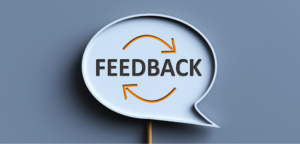
How to Make Your Feedback More Effective
A common faculty complaint is that students do not read their feedback. This is usually chalked up to laziness or disinterest in learning. But neither explanation has ever rung true with me. Everyone likes, and wants, to learn, and in my experience, nearly all students












